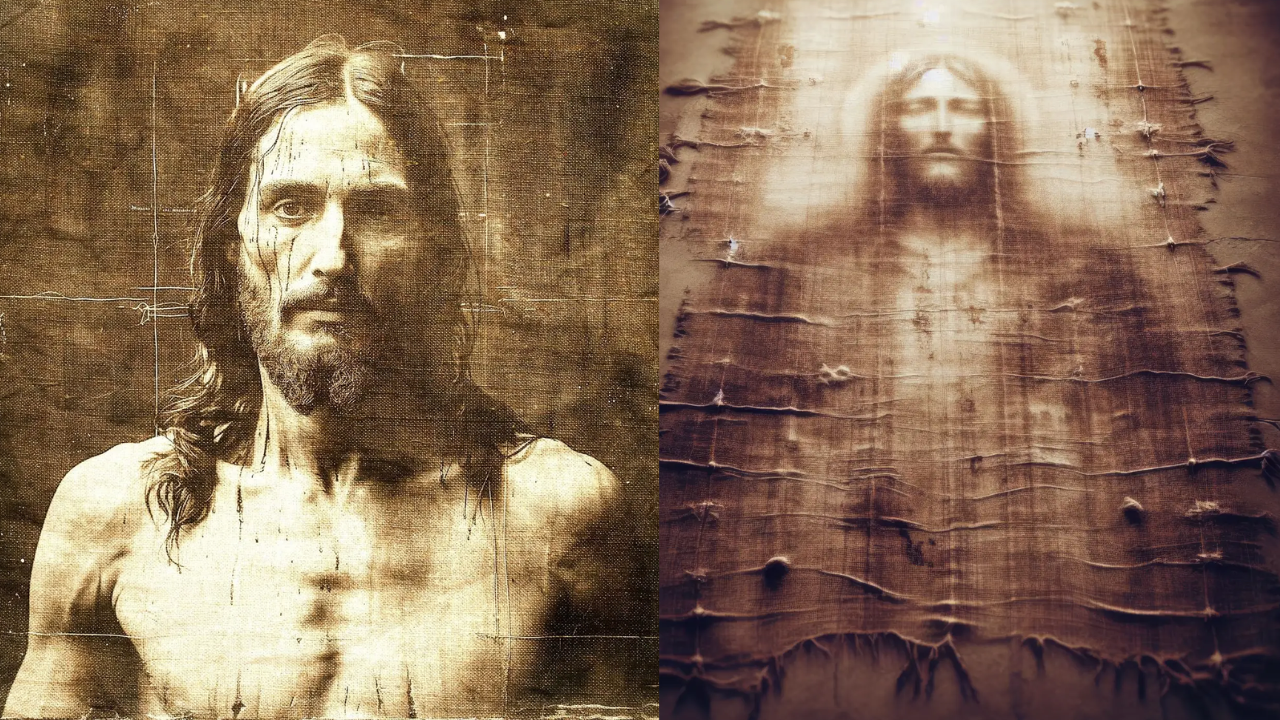In a groundbreaking revelation, new research using an advanced X-ray technique has potentially upended long-held assumptions about the Shroud of Turin’s origins. This ancient linen cloth, believed by many to be the burial shroud of Jesus Christ, has been the subject of intense scientific scrutiny for decades. The Shroud is renowned for its striking image, which many believe to be the imprint of a crucified man, but its authenticity and origins have long been debated.

A pivotal moment in this ongoing investigation occurred in 1988 when radiocarbon dating concluded that the Shroud was a medieval creation, dating it to between 1260 and 1390 AD. This finding led to widespread skepticism regarding the Shroud’s authenticity, suggesting it was a product of the Middle Ages rather than the time of Christ. However, recent research conducted by a team of Italian scientists has introduced a fresh perspective, challenging these earlier conclusions. Using an innovative method, the researchers suggest that the Shroud may, in fact, date back to around 55-74 AD, the time of Jesus Christ’s death, thus offering a significant shift in the debate over the Shroud’s true origin.

The Italian researchers employed a technique called Wide-Angle X-ray Scattering (WAXS), a non-destructive method that allows for the analysis of much smaller samples than those required for traditional radiocarbon dating. This innovative technique examines the molecular structure of ancient textiles and revealed that the linen fibers of the Shroud could be much older than previously thought. The results of this study have profound implications, potentially overturning the findings of the 1988 carbon dating and rekindling the discussion about whether the Shroud could truly be the burial cloth of Jesus Christ.